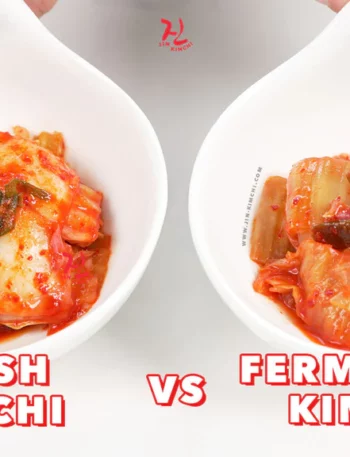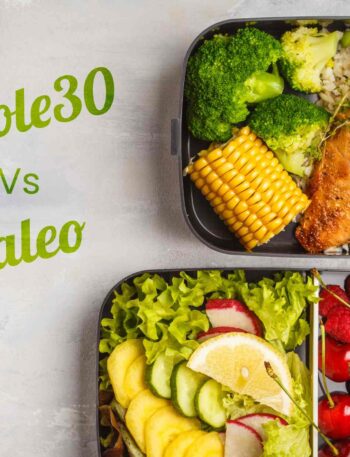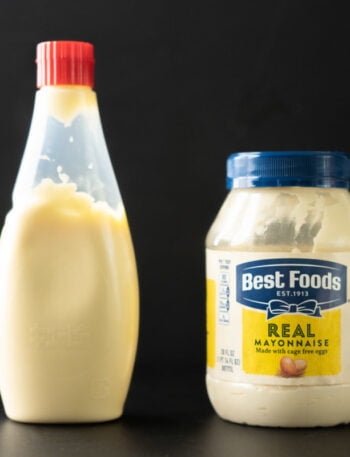We all have those go-to comfort foods that warm the heart and soothe the soul—gooey mac and cheese, crispy fried chicken, or rich chocolate cake.
But while these dishes may satisfy cravings, they often come with a hefty calorie count and limited nutritional value.
The good news? Comfort foods don’t have to be unhealthy to be delicious. By making simple ingredient swaps and adopting healthier cooking techniques, you can still enjoy your favorite indulgences without guilt.

What Are Comfort Foods?
Comfort foods are dishes that evoke a sense of nostalgia or emotional satisfaction, often tied to childhood memories or cultural traditions. They’re typically rich, hearty, and carb-heavy, offering immediate gratification when we’re feeling stressed, sad, or celebratory.
Examples of comfort foods include:
- Mac and Cheese: Creamy, cheesy, and carb-filled.
- Fried Chicken: Crispy on the outside, tender on the inside.
- Pizza: A universal favorite loaded with cheese and toppings.
- Ice Cream: Sweet, creamy, and the perfect dessert for any mood.
Why do we crave these foods? Scientists point to the brain’s reward system, which releases dopamine—the “feel-good” hormone—when we consume high-calorie, high-fat foods. While comfort foods provide emotional satisfaction, their traditional versions often lack the nutrients our bodies truly need.
General Strategies to Make Comfort Foods Healthier
To enjoy comfort foods without compromising health, consider the following strategies:
- Reduce Refined Sugar and Unhealthy Fats:
Use natural sweeteners like honey or maple syrup instead of white sugar. Replace saturated fats with healthier options like avocado or olive oil. - Boost Fiber and Nutrient Density:
Incorporate whole grains, legumes, or vegetables into recipes. For example, add spinach to lasagna or substitute brown rice for white rice in casseroles. - Choose Healthier Cooking Methods:
Opt for baking, grilling, or air-frying instead of deep-frying. These methods reduce calorie content while preserving flavor and texture.
Healthier Versions of Popular Comfort Foods
Here are some creative ways to enjoy healthier versions of your favorite comfort foods:
1. Mac and Cheese
- Swap Pasta: Use whole-grain, lentil, or chickpea-based pasta to increase fiber and protein.
- Lighten the Sauce: Mix reduced-fat cheese with nutritional yeast for a cheesy flavor with fewer calories.
- Add Vegetables: Incorporate roasted cauliflower, spinach, or butternut squash into the dish for added nutrients.
2. Fried Chicken
- Coating Alternatives: Use almond flour or whole-grain breadcrumbs for a crunchy coating.
- Cooking Method: Air-fry or bake the chicken instead of deep-frying to cut down on oil.
- Flavor Boost: Marinate the chicken in buttermilk, garlic, and spices to enhance tenderness and taste.
3. Pizza
- Healthier Crust: Try a cauliflower or whole-grain crust instead of traditional white flour.
- Cheese Choices: Use part-skim mozzarella, ricotta, or plant-based cheese alternatives.
- Toppings: Load up on colorful vegetables like bell peppers, spinach, and mushrooms, and add lean protein like grilled chicken or turkey sausage.
4. Mashed Potatoes
- Mix It Up: Combine mashed potatoes with steamed cauliflower for a lighter version.
- Dairy Substitutes: Use Greek yogurt, low-fat milk, or olive oil instead of butter and heavy cream.
5. Ice Cream
- Homemade Alternatives: Blend frozen bananas with a splash of almond milk to create a creamy “nice cream.”
- Portion Control: Opt for single-serve sizes or share a dessert to reduce calorie intake.
- Natural Sweeteners: Choose options sweetened with honey, agave, or dates instead of refined sugar.
The Role of Mindful Eating
Even with healthier recipes, portion control and mindful eating are essential. Here’s how to practice mindfulness with your meals:
- Savor Each Bite: Focus on the flavors, textures, and aromas of your food.
- Eat Slowly: Put down your fork between bites to give your brain time to register fullness.
- Limit Distractions: Avoid eating in front of the TV or scrolling on your phone to stay present with your meal.
Practical Tips for Meal Prep and Cooking
Transforming comfort foods starts with the right ingredients and preparation techniques:
- Stock a Healthy Pantry: Keep whole grains, spices, nuts, and canned vegetables on hand.
- Experiment with Substitutes: For example, use zucchini noodles instead of pasta or Greek yogurt instead of sour cream.
- Plan Ahead: Prepare healthy versions of comfort foods in advance to avoid the temptation of less nutritious options.
Debunking Myths About Healthy Comfort Foods
Let’s address some common misconceptions:
- Myth: Healthy Comfort Foods Don’t Taste Good
Truth: With the right ingredients and seasonings, you can achieve satisfying flavors without excessive calories. - Myth: You Can’t Indulge While Staying Healthy
Truth: Healthier comfort foods are about balance, not restriction. You can enjoy indulgent flavors in moderation. - Myth: Healthy Cooking Is Expensive
Truth: Many nutritious substitutes, like beans, oats, and seasonal vegetables, are budget-friendly.
Comfort foods bring joy and nostalgia, but they don’t have to derail your health goals. By making thoughtful ingredient swaps, adopting healthier cooking methods, and practicing mindful eating, you can enjoy lighter versions of your favorite dishes without sacrificing flavor.
Remember, it’s not about giving up comfort foods—it’s about transforming them into meals that nourish both the body and soul. So go ahead, whip up that healthier mac and cheese or air-fried chicken, and savor every bite guilt-free.









